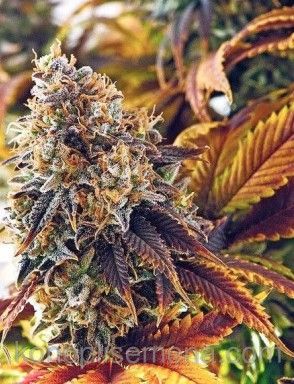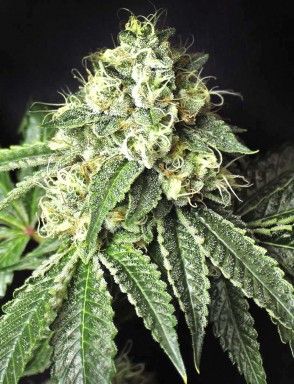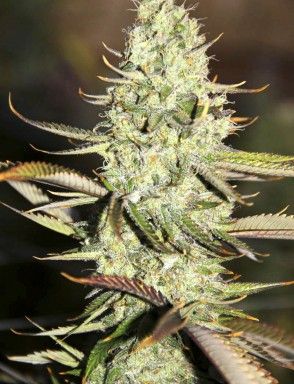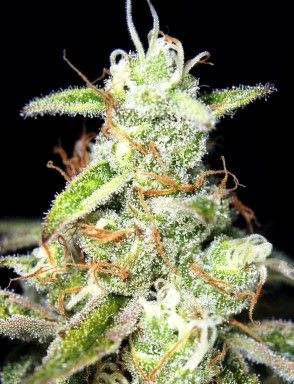Growing Cannabis: Instructions, Dos and Don'ts
Bob Marley
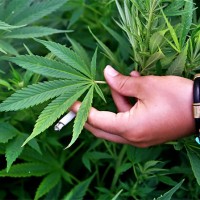
How to handle cannabis while it’s growing? What are the mistakes to avoid when growing marijuana? Novice growers are often bewildered by how much information has to be taken into account. Indeed, a detailed manual on growing cannabis would make a huge book… and that book would be only a start of learning because growing a plant is an art that can only be acquired with experience.
However, the task is not too difficult in general. Marijuana is initially a weed that can grow anywhere! The thing is, weeds aren’t normally expected to yield 700 - 1000 g/m2. For a start, try to follow our simple recommendations as well as to imagine the whole process of marijuana plants growing.
- Soil that will hold on to moisture and nutrients, but with good drainage. Use mixtures like 80% soil / 20% perlite or 70% coco coir / 30% perlite.
- It’s advisable to go with a fabric pot since it allows roots to access oxygen.
- Automatic-flowering cannabis should never be transplanted. That’s why from the very beginning the seedling has to be placed in the pot where it will grow until the end.
- For substantial yields strong lights are an absolute necessity. It’s best to use HPS lamps – about 90 Wt for one medium-sized plant. However, LED lights can be very efficient as well: they are easier to adjust and consume less electricity.
What Should I Prepare for an Outdoor Plantation?
- Location. It should be sunny, but if the summer is hot where you live, then some shade is also necessary.
- Soil. If the soil contains a lot of sand or clay, it won’t do. But you can dig a hole and fill it with black soil bought from a garden shop.
- Seeds should be germinated beforehand so that you plant young seedlings that have lived and developed under growing lights for a while.
- Apply fertilizers in advance. If manure is used, it should be applied at least a week before planting.
In our online store, you can buy cannabis seeds или medical and recreational strains with fast and secure delivery.
Handling a Grown Marijuana Plant: Basic Concerns
Plants that have survived all the dangers of their youth become less vulnerable as they grow up. But a good grower always stays watchful and examines the plants daily. Strictly follow the instructions for your nutrients – and never use too much, or else a nutrient burn might happen. Adjust lights and use training to provide an equal amount of light for every part of the plant. No spot that can grow buds should be in the shade! That’s also the reason why some leaves are sometimes cut off, but that can only be done to big plants with excessive foliage (autoflowering marijuana mustn’t be defoliated).
Final Stages of Marijuana’s Life Period
The last weeks are especially fun because with a high probability, nothing is going to stop your cannabis from maturing. Also, its scent and colorfulness are reaching their peak, which is truly mesmerizing to watch. What should we pay attention to?
Indoor plants need lower humidity (about 45-50%) in the last 4 weeks of blooming. As for nutrients, mixtures with high phosphorus and potassium contents should be applied – these two elements are crucial for ripening buds. Another important thing is the so-called flush, which means that 1 week before harvesting growers stop feeding nutrients to their plants. That’s absolutely necessary! Otherwise, the buds will contain chemicals that may impair the user’s health.
When the time comes, make sure you harvest, dry, and cure your marijuana properly. Then your mission is complete, congratulations!
15.08.2016
Featured

 ru
ru ge
ge ua
ua